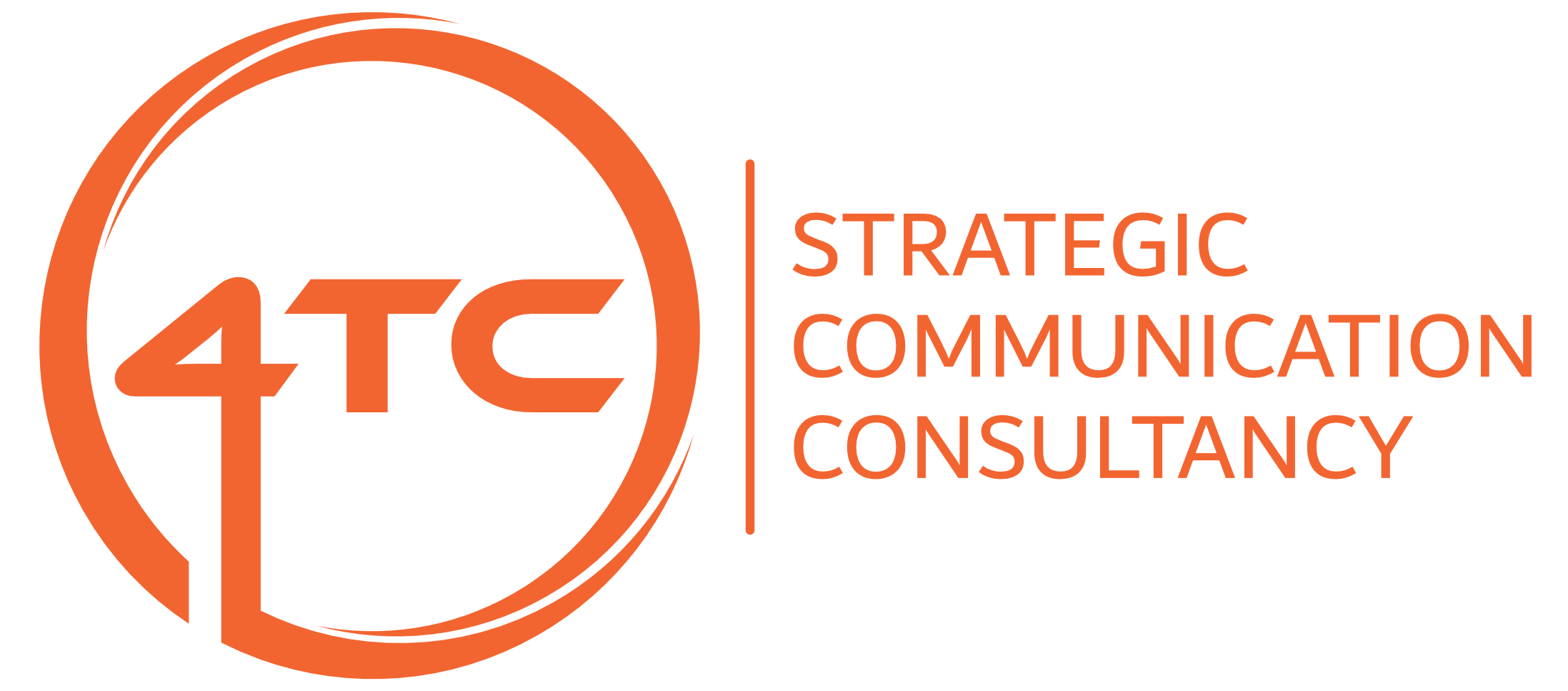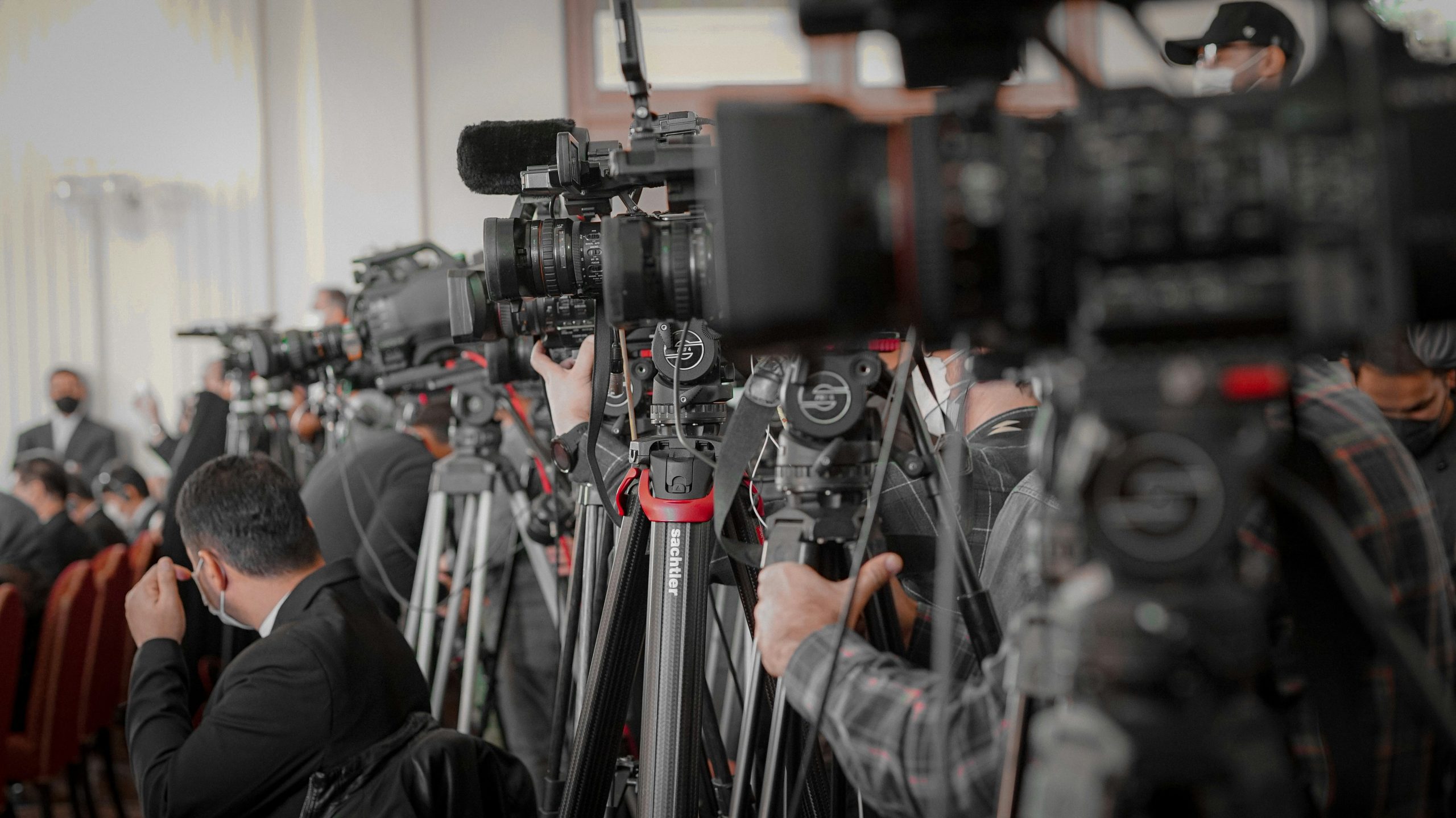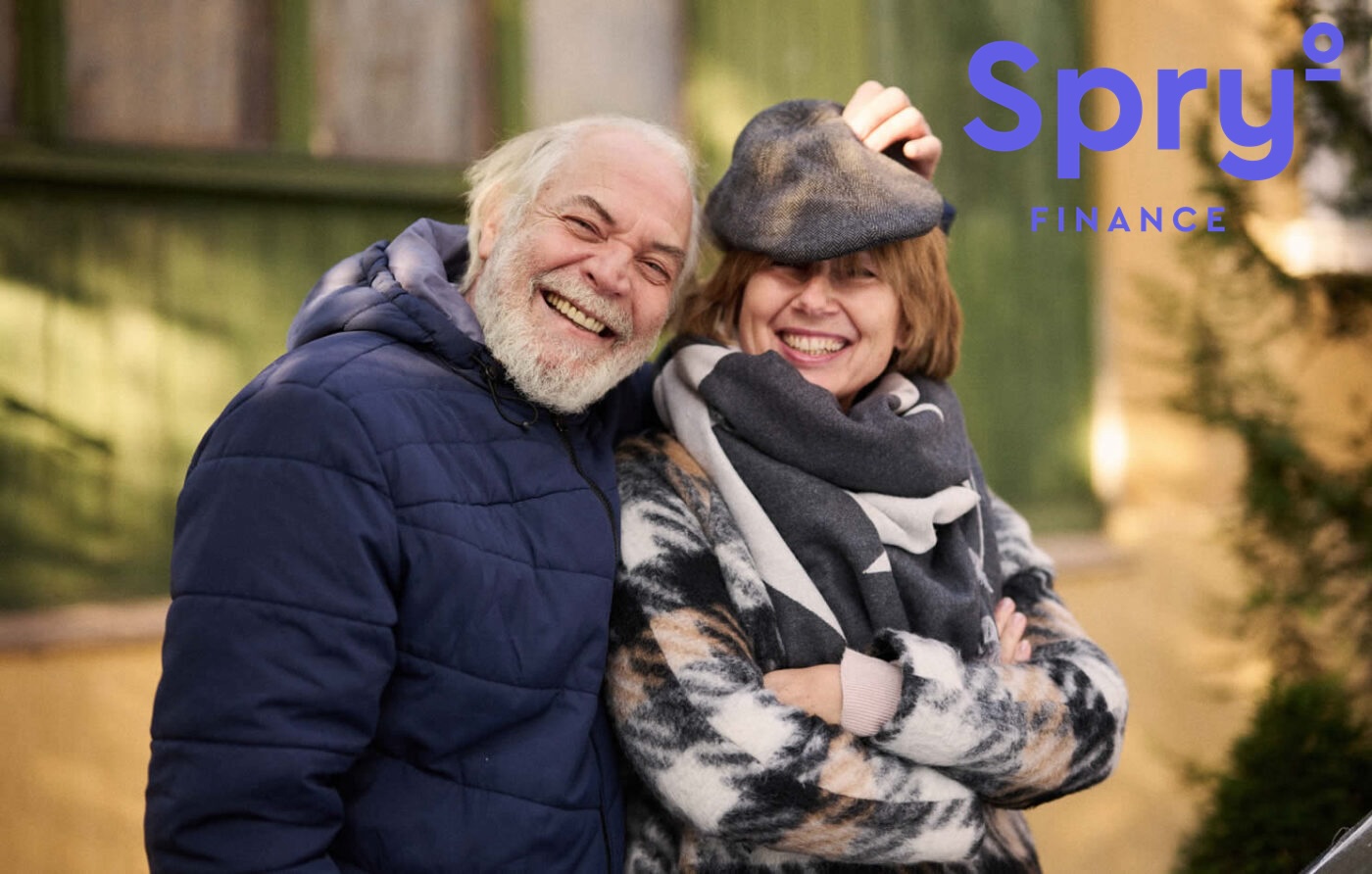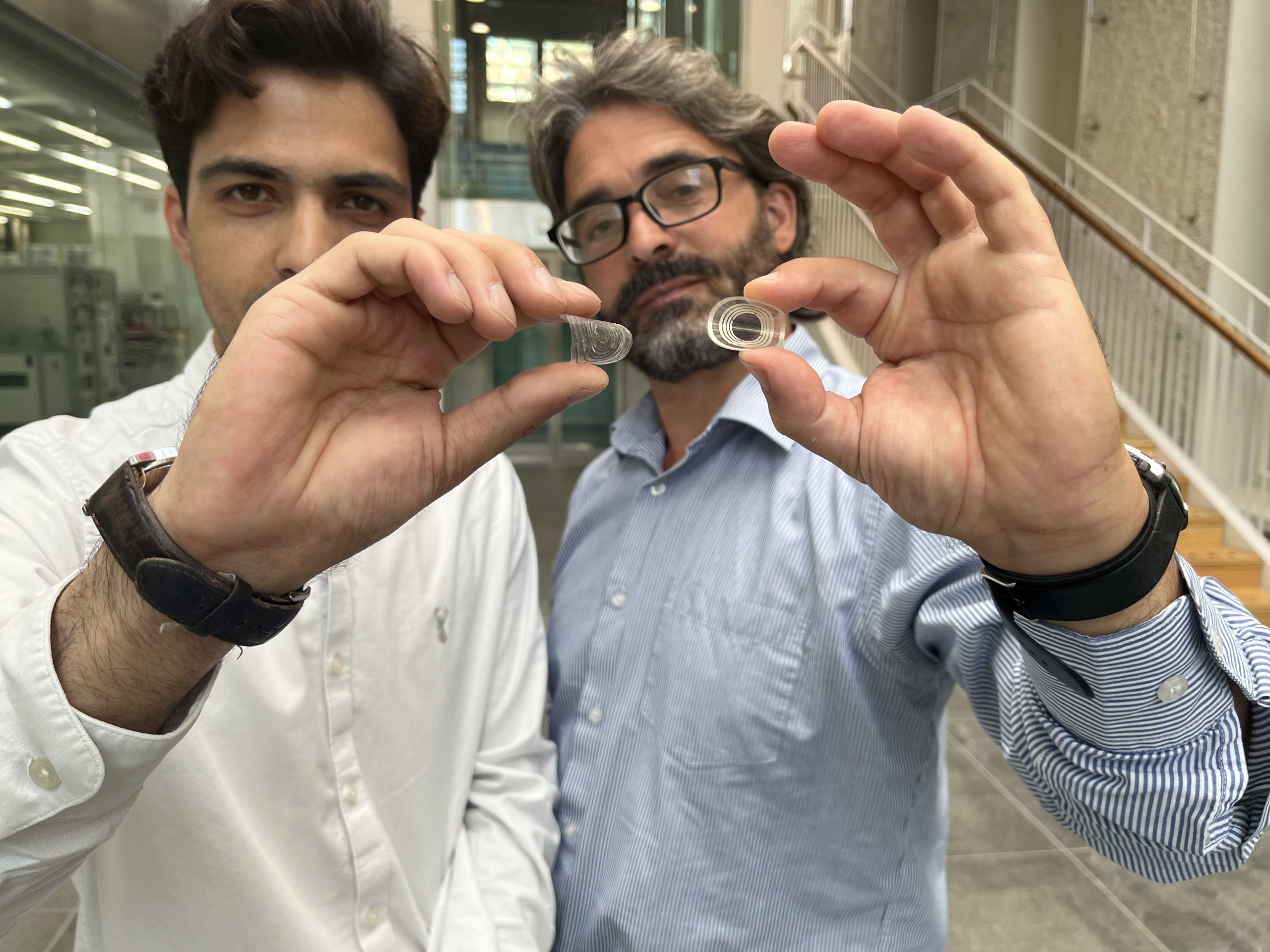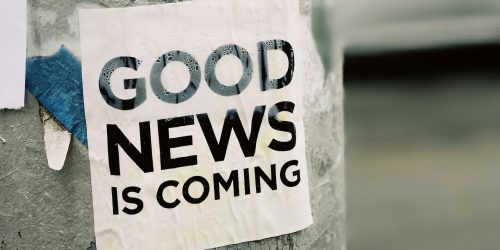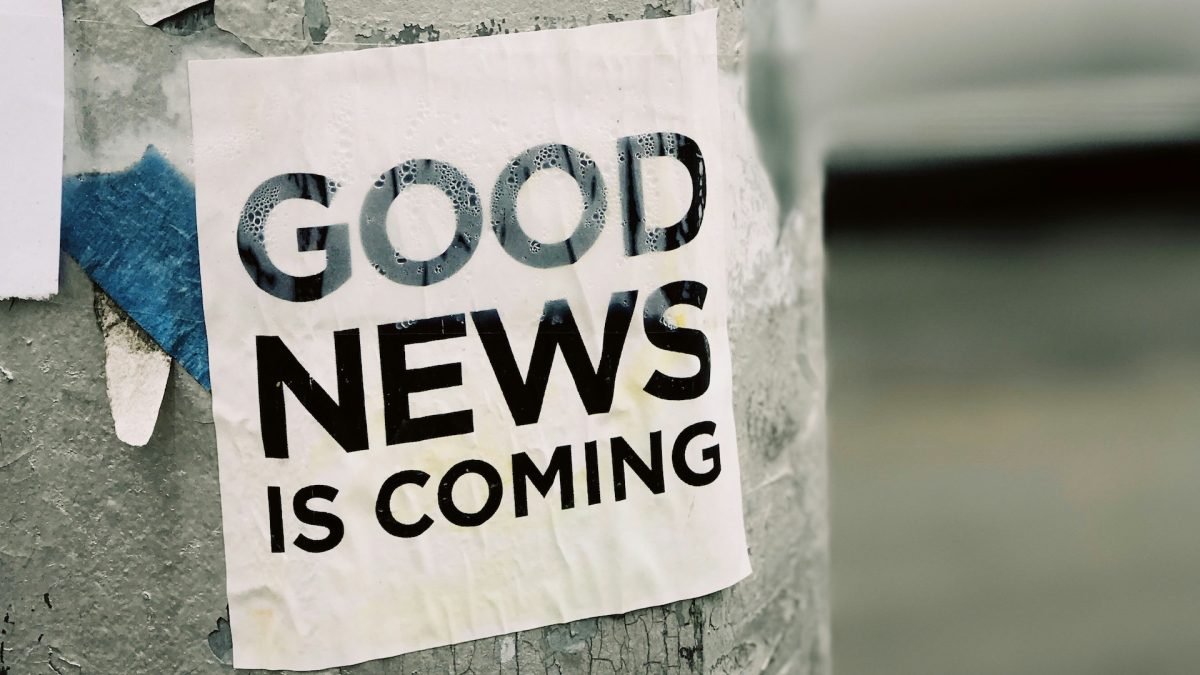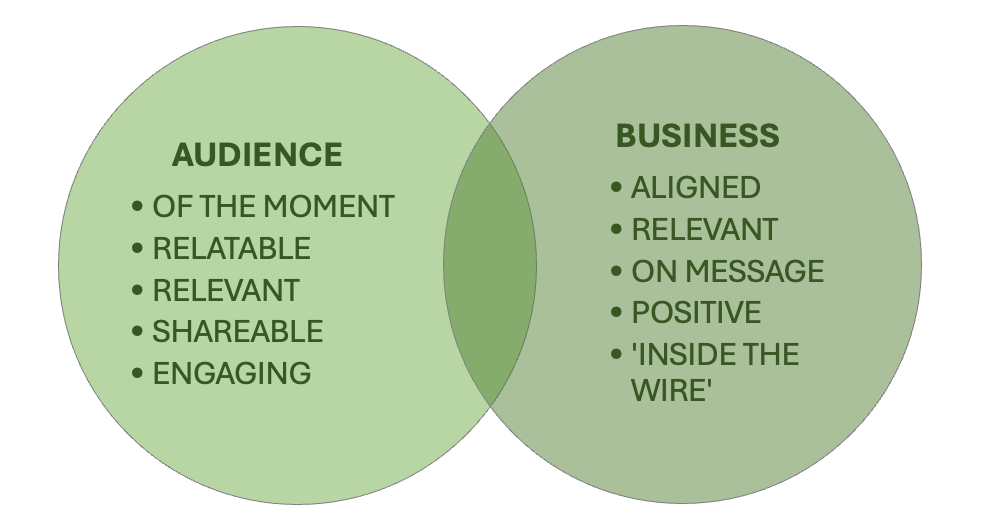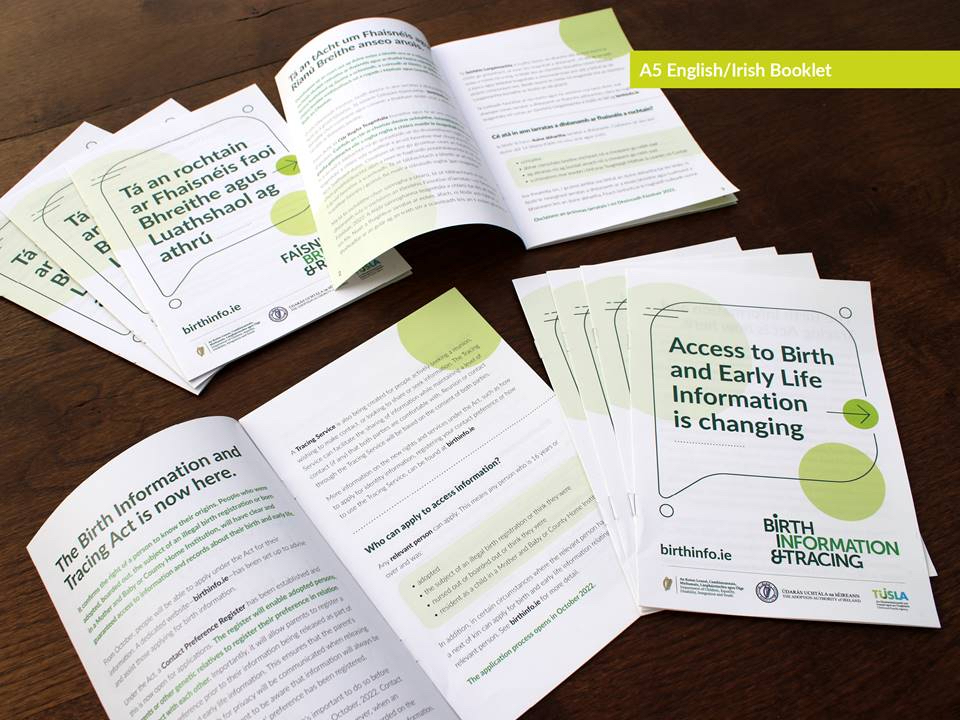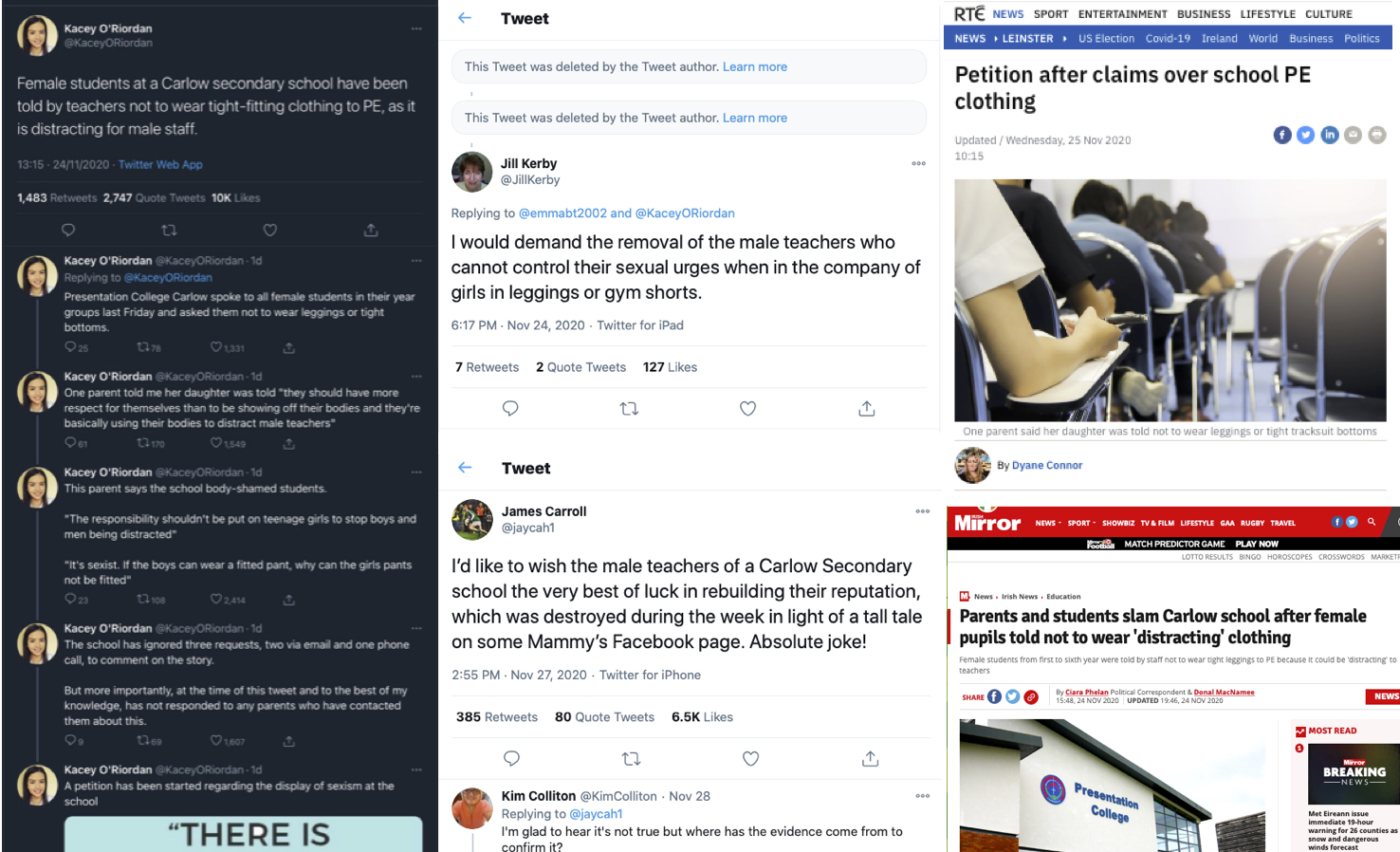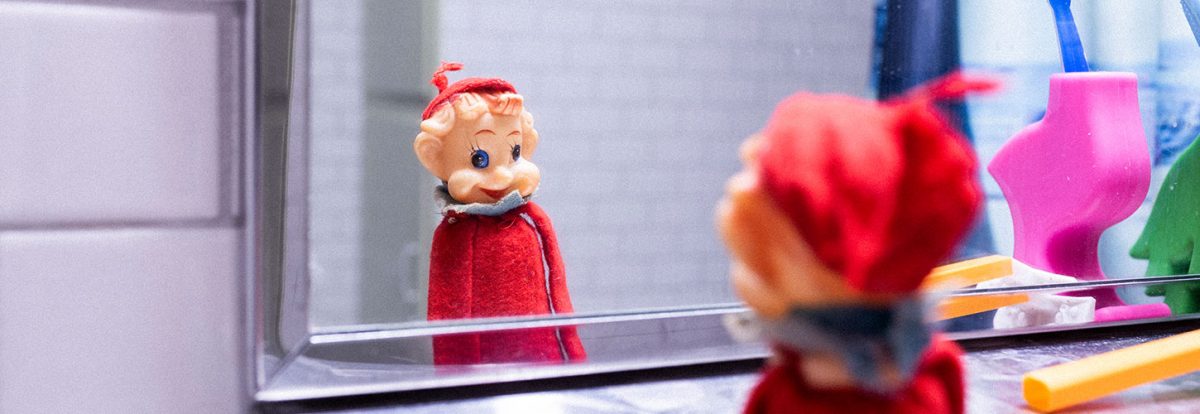Earned media only works if all platforms play the same game
Add Your Sub-Heading Text Here
Earlier this year, it emerged that two Irish influencers – one of them former Ireland rugby captain Brian O’Driscoll – received compliance notices from the Competition and Consumer Protection Commission (CCPC) because they’d not disclosed the commercial nature of posts on social media.
Both O’Driscoll and fitness coach Caroline O’Mahony were found to have “engaged in a misleading commercial practice”.
It’s the same principle that applies to all sponsored content – it needs to be labelled as such. If the content has been paid for, unless it’s immediately obvious, you need to say so.
Otherwise, the consumer is being misled.
The acronym PESO describes the types of media available to the communicator – Paid, Earned, Social and Owned. Three of those are controlled by you because you’ve paid for them.
Earned media, of course, isn’t controlled by you.
It’s the coverage you receive if a journalist decides to cover your story. It isn’t labelled because it’s independent – the journalist has not been paid and is under no pressure to provide coverage.
Because of this, earned media carries weight. It is tacit endorsement.
The consumer has the right to trust that earned media – coverage produced by journalists – is not directly affected or influenced by a commercial transaction. Any advertising space that has been bought is (and remains) separate from the editorial content.
Traditionally, editorial departments are fiercely protective of their integrity. Journalists resist any attempt by the commercial arm of their organisation to exert influence over editorial output.
From a PR perspective, this is a good thing. Allowing commercial interests to dictate what is and is not news would devalue earned media.
It would dilute its impact, weaken its relevance and, ultimately, remove a crucial means of reaching and influencing the audience.
Sometimes a media organisation’s commercial team will successfully persuade editorial to bend to their will to keep a key advertiser happy – but it remains the exception rather than the rule.
Earned media coverage remains the result of a good story, or a valuable opinion, or expertise specific to a topic or issue. It’s because a journalist has decided that their audience would be engaged by it. It is independent and delivered through the lens of a third party.
Had either O’Driscoll or O’Mahony chosen to endorse a product, brand or business they didn’t have a commerical relationship with, that would also qualify as earned media. However, the nature of the social beast and its many influencers makes such instances rare in the extreme.
In an increasingly digital media, growing scrutiny of social media by the CCPC is welcome – as are sanctions against those who transgress. If content is run as a product of a commercial agreement, the audience needs to be made aware of it – no matter the platform on which it is published.
It’s the best way to preserve trust in the media, while also ensuring business and brands with good stories can earn positive exposure.
Photo by Julian Hochgesang on Unsplash
